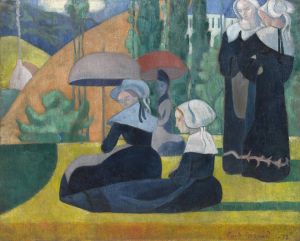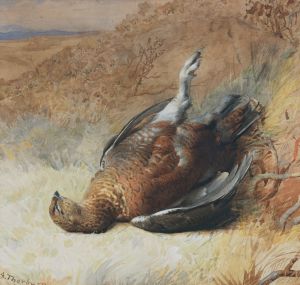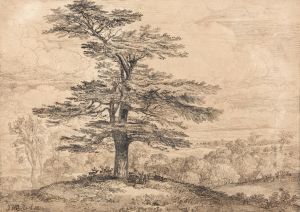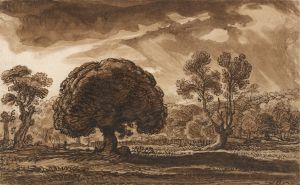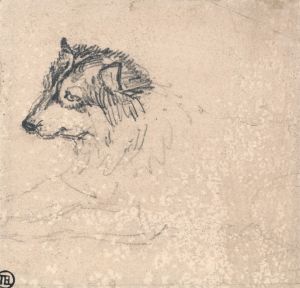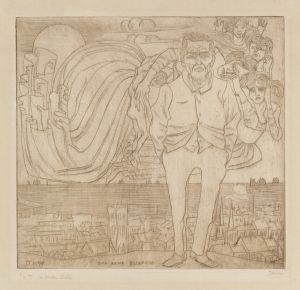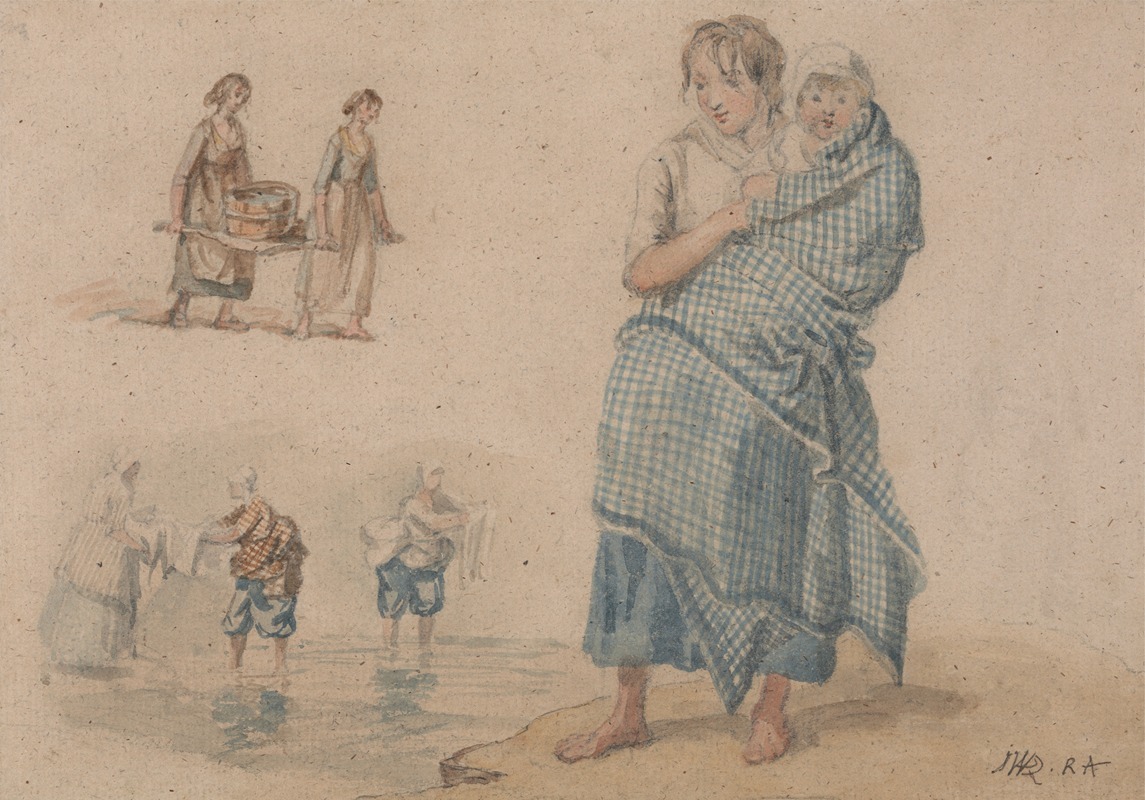
Scottish Peasant Women
A hand-painted replica of James Ward’s masterpiece Scottish Peasant Women, meticulously crafted by professional artists to capture the true essence of the original. Each piece is created with museum-quality canvas and rare mineral pigments, carefully painted by experienced artists with delicate brushstrokes and rich, layered colors to perfectly recreate the texture of the original artwork. Unlike machine-printed reproductions, this hand-painted version brings the painting to life, infused with the artist’s emotions and skill in every stroke. Whether for personal collection or home decoration, it instantly elevates the artistic atmosphere of any space.
"Scottish Peasant Women" is a painting by the British artist James Ward, who was born on October 23, 1769, and died on November 17, 1859. Ward was a prominent painter and engraver, known for his animal paintings, landscapes, and genre scenes. He was a member of the Royal Academy and is considered one of the leading animal painters of his time.
The painting "Scottish Peasant Women" depicts a group of women in traditional Scottish attire, engaged in their daily activities. The scene is set in a rural landscape, capturing the essence of peasant life in Scotland during the early 19th century. The women are shown in various poses, some carrying baskets, others tending to children or engaging in conversation. The painting reflects Ward's keen interest in rural life and his ability to portray the dignity and resilience of the peasant class.
James Ward's use of color and light in "Scottish Peasant Women" is notable. He employs a naturalistic palette, with earthy tones that enhance the realism of the scene. The attention to detail in the women's clothing and the surrounding landscape demonstrates Ward's skill in capturing the textures and nuances of his subjects. The composition is balanced, with the figures arranged in a way that guides the viewer's eye through the painting, creating a sense of depth and movement.
Ward's interest in depicting rural scenes and peasant life was influenced by the broader Romantic movement of the time, which emphasized the beauty and simplicity of nature and the lives of ordinary people. His work often reflected a sense of nostalgia for a pastoral way of life that was rapidly changing due to industrialization and urbanization.
"Scottish Peasant Women" is an example of Ward's ability to combine his technical prowess with a deep empathy for his subjects. The painting not only serves as a visual record of Scottish rural life but also as a testament to the artist's respect for the hardworking individuals he portrayed. Ward's work, including this painting, has been appreciated for its contribution to the genre of rural and animal painting in British art.
While specific details about the provenance or current location of "Scottish Peasant Women" are not readily available, James Ward's paintings are held in various collections, including the Tate Britain and the Victoria and Albert Museum in London. His works continue to be studied and admired for their artistic merit and historical significance.
In summary, "Scottish Peasant Women" by James Ward is a significant work that captures the essence of rural Scottish life in the early 19th century. Through his detailed and empathetic portrayal of peasant women, Ward contributes to the Romantic tradition of celebrating the beauty and dignity of everyday life.








